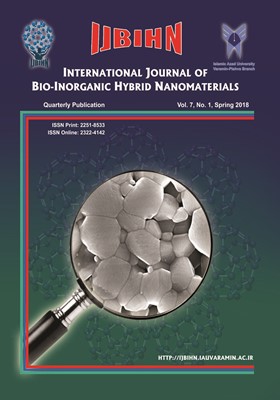-
-
List of Articles
-
Open Access Article
1 - Alkyl surface modification of nanoporous silica SBA-15 by click chemistry to obtain triazole products
-
Open Access Article
2 - Selective oxidation of sulfides to sulfoxides by a vanadium-based catalyst using 30% hydrogen peroxide
-
Open Access Article
3 - The immobilization of laccase enzyme from Trametes versicolor on the surface of porous zinc oxide nanoparticles and studying features of the immobilized enzyme
-
Open Access Article
4 - Preparation of the novel zeolite AgX/CdO NPs composite catalyst and its application for the effective removal of fenitrothion (FN) from water
-
Open Access Article
5 - Solid phase extraction of trace cobalt (II) in industrial wastewaters by modified nanotube carbon carboxyl and its determination with flame atomic spectroscopy
-
Open Access Article
6 - Measurement and comparison of trans fatty acids amount in some of the vegetable oils, frying oils and animal and vegetable fats in Iran
-
Open Access Article
7 - Bredigite (BG) as a novel nanobioceramic powder; investigation and characterization
-
Open Access Article
8 - Green synthesis of Iron oxide nanoparticles using carum carvi L. and modified with chitosan in order to optimize the anti-cancer drug adsorption
-
The rights to this website are owned by the Raimag Press Management System.
Copyright © 2021-2025







